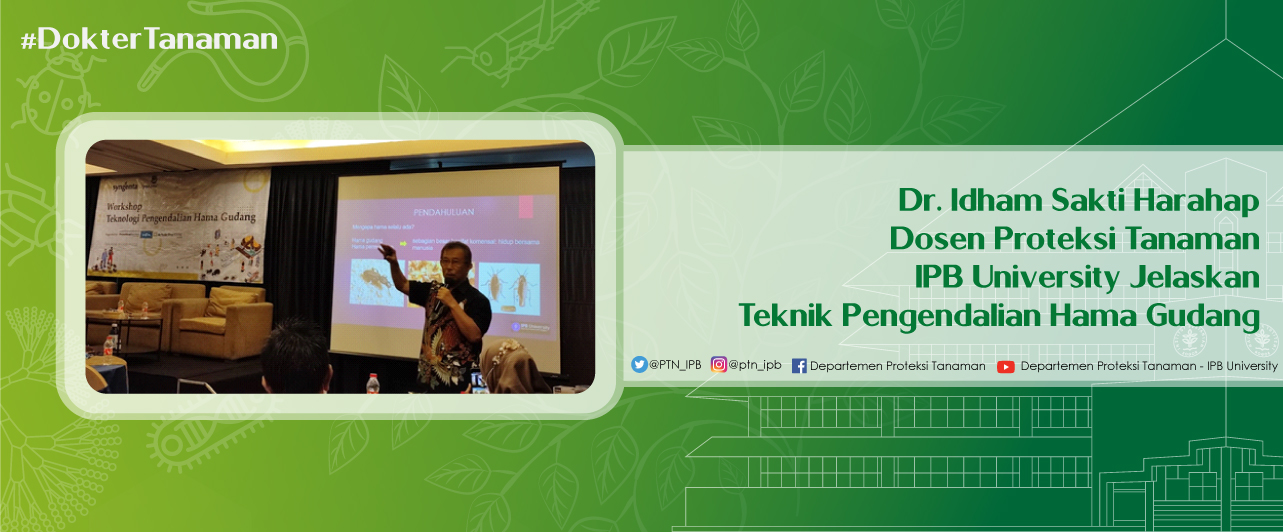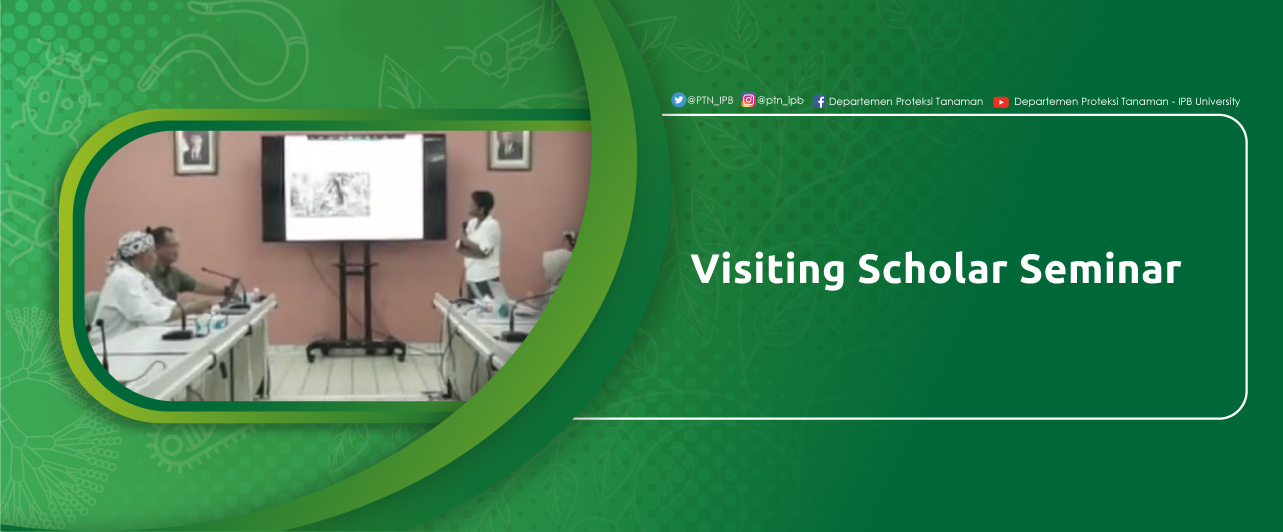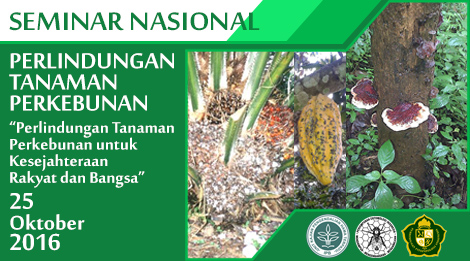
Dr Idham Sakti Harahap, Lecturer of Plant Protection IPB University Explains Warehouse Pest Control Techniques
Stored commodities such as rice, soybeans, flour, milk powder and so on are not necessarily safe from the risk of damage. One of the risks of damage to stored commodities is caused by warehouse pests.
This was revealed in the Warehouse Pest Control Technology Workshop organized by PT Syngenta Indonesia in collaboration with the Association of Indonesian Pest Control Companies (ASPPHAMI), in Jakarta, 26/10. IPB University lecturer from the Department of Plant Protection (PTN), Faculty of Agriculture, Dr Idham Sakti Harahap on that occasion explained about Integrated Warehouse Pest Control (PHGT) technology.
“Barn pests have long been known, namely when humans store food in caves. Warehouse pests take advantage of stored food, both intact and not intact anymore,” said Dr Idham.
He further elaborated, the types of warehouse pests are based on the commodities they attack. Commodities that are still intact are usually visited by primary insect pests. Meanwhile, commodities that have undergone processing will be visited by secondary pests.
Dr. Idham stated, several types of primary pests are known to come from the beetle group (Ordo Coleoptera) such as Sitophilus spp, Rhyzopertha dominica, Callosobruchus spp and Sitotroga cerealella. Meanwhile, the secondary pest group is known to attack the stored commodities the most. The most dominant insect is Tribolium castaneum.
“Almost all types of stored commodities can be attacked by these insects, ranging from flour, broken corn, powdered milk and others. Before it was known to attack stored commodities, it turned out that Tribolium castaneum can live on the bark, so that when the warehouse pest control process needs to be carried out inside and outside the storage warehouse," he explained.
According to him, control techniques need to be carried out in an integrated manner, using traps, spraying on the surface of storage containers, fumigating storage materials as well as spraying and cleaning storage warehouses.
"All these control efforts need to be carried out in an integrated manner so that the control carried out is successful and there is no re-infestation," he concluded. (IPB News*/Rz)









.jpg)